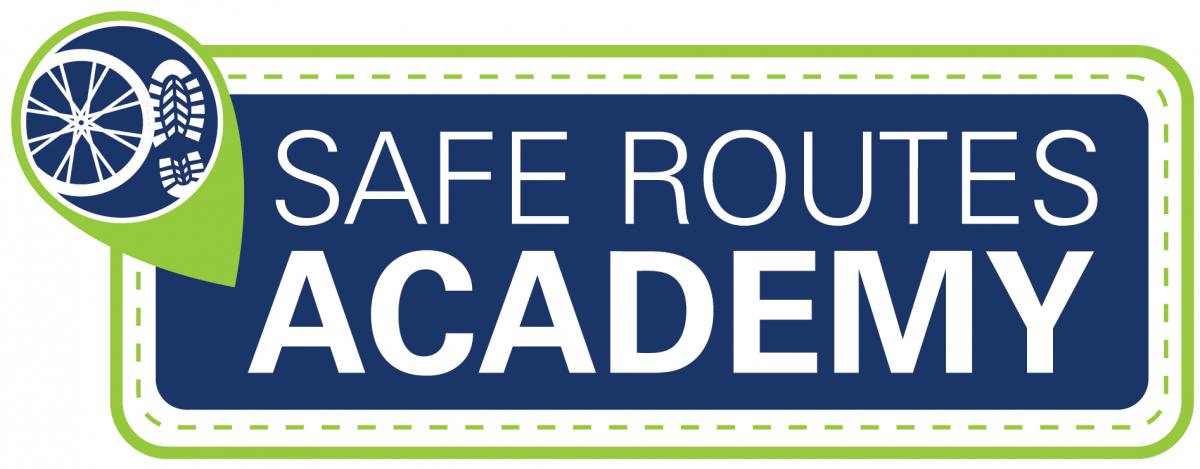 There is no doubt that good walking and biking infrastructure is essential to successful Safe Routes to School programs. However, many communities already have “the bones” of adequate infrastructure, especially around established community-based schools in suburban and urban communities, or through completed Safe Routes to School-funded engineering projects.
There is no doubt that good walking and biking infrastructure is essential to successful Safe Routes to School programs. However, many communities already have “the bones” of adequate infrastructure, especially around established community-based schools in suburban and urban communities, or through completed Safe Routes to School-funded engineering projects.
So why aren’t more kids walking and bicycling? If students, families, and other community members don’t know how or why to walk and bicycle safely, or if they feel unsafe in their community despite good infrastructure, then you will not see kids, families and other residents walking in a community.
The “meat” of successful, sustained Safe Routes to School programs is found in applying actions from the four non-infrastructure “E’s” – education, encouragement, enforcement, and evaluation. They flesh out a program through community education and engagement, elevate active transportation safety through policy and law enforcement, and collect and analyze data to show progress.
But what projects, programs, and policies are out there, and how will they work in MY community?
Ohio is paving the way to for communities to explore those questions through the Safe Routes Academy, a series of grant-funded, on-demand workshops designed to provide training on how to implement non-infrastructure walking and cycling safety programs beneficial for students, families, and residents in Ohio. The Ohio Department of Transportation, Safe Routes to School program, in partnership with the Ohio’s Local Technical Assistance Program (LTAP) will offer workshops that local Ohio government entities may receive at no charge through a brief, online application process. Workshops include Walking School Bus Training, Crossing Guard Training, Non-Infrastructure Implementation, How to Conduct a Walk Audit, Girls in Gear, SRTS Lesson Plans, School Travel Plan Development, Incorporating Safe Routes to School into Policy, and Safety in Active Transportation Planning.
Non-infrastructure community investment is important to teach the reasons why, and how, to safely walk and bike in any community and throughout life. They elevate awareness, educate on safe behavior, institutionalize community commitment to transportation safety for all users, and evaluate to show progress, reach and effectiveness. Keeping the Safe Routes to School message relevant long after sidewalks, safe intersections and bike facilities are installed is essential to long-term changes in behavior, safety and health.
Anyone interested in learning more about the Safe Routes Academy can register to attend this webinar http://bitly.com/Safe-Routes-Academy-Webinar-Registration to be held on Tuesday, June 23 at 10 AM. Application instructions for Ohio communities will also be reviewed.

